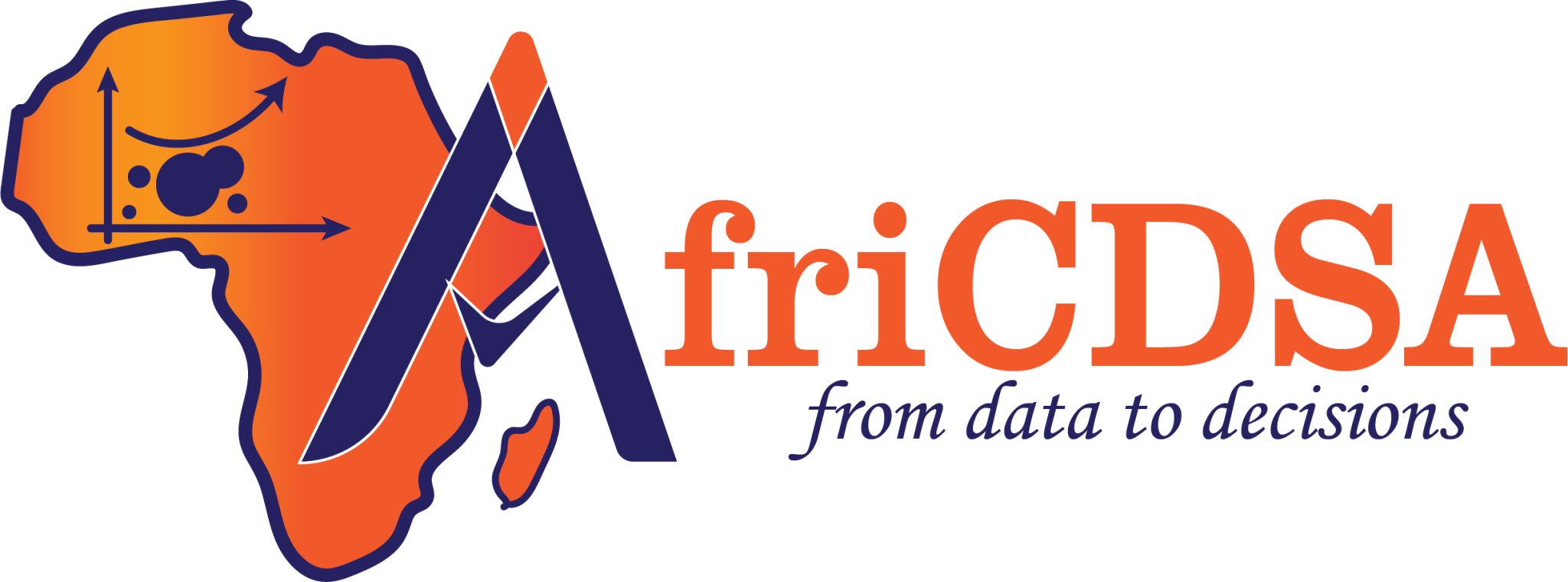
Data analysis is a crucial process in today’s data-driven world. It involves collecting, cleaning, and interpreting data to extract valuable insights that can inform decision-making. There are four primary types of data analysis: descriptive, diagnostic, predictive, and prescriptive. Each type serves a unique purpose and requires different tools and expertise.
Descriptive Analysis
When to use:When you want to summarize past data and understand what has happened.
How it works:Summarizes historical data using basic statistics and visualizations.
Who uses it:Anyone with basic data understanding and visualization skills.
Tools:Excel, Tableau, Power BI, and Google Analytics.
Descriptive analysis provides a snapshot of your data. It helps you identify trends, patterns, and outliers. For example, you might use descriptive analysis to calculate the average sales for a product or visualize the distribution of customer ages.
Diagnostic Analysis
When to use:When you want to investigate the reasons behind a specific event or trend.
How it works:Investigates data to find cause-effect relationships using data mining.
Who uses it: Analysts with skills in data mining and pattern recognition.
Tools:Tableau, Power BI, and SAS.
Diagnostic analysis delves deeper into your data to uncover underlying causes. It helps you understand why things happened the way they did. For example, you might use diagnostic analysis to determine why sales for a particular product declined in a specific region.
Predictive Analysis
When to use:When you want to forecast future events based on historical data.
How it works:Uses statistical models and machine learning to forecast future events.
Who uses it:Experts in statistical modeling and machine learning.
Tools:Python, R, SAS, and Alteryx.
Predictive analysis leverages historical data to predict future outcomes. It helps you anticipate trends and make informed decisions. For example, you might use predictive analysis to forecast sales for the upcoming quarter or identify potential customer churn.
Prescriptive Analysis
When to use:When you want to recommend actions based on predictions of future trends.
How it works:Applies optimization and simulation to recommend future actions.
Who uses it:Specialists in advanced analytics and strategic decision-making.
Tools:Optimization tools (IBM, SAS, and FICO).
Prescriptive analysis goes beyond prediction by suggesting optimal courses of action. It helps you make data-driven decisions that can improve your business outcomes. For example, you might use prescriptive analysis to determine the best pricing strategy for a new product or optimize inventory levels to minimize costs.
In conclusion, each type of data analysis plays a vital role in extracting valuable insights from data. By understanding the different types and their applications, you can effectively leverage data to drive informed decision-making and achieve your business objectives.


